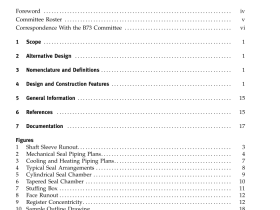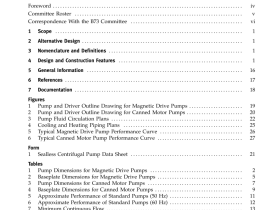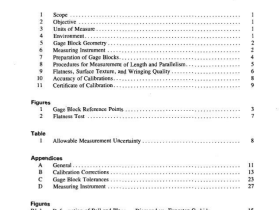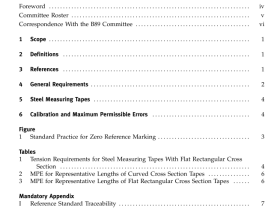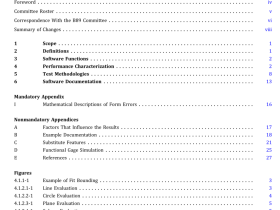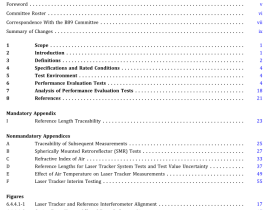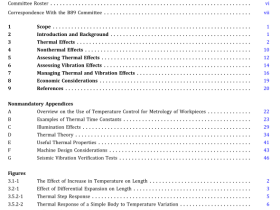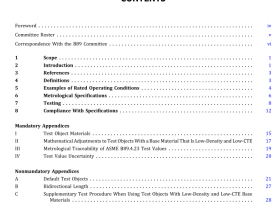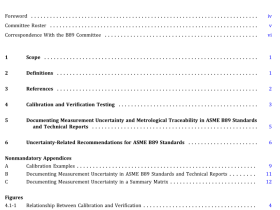ASME HST-6 pdf download
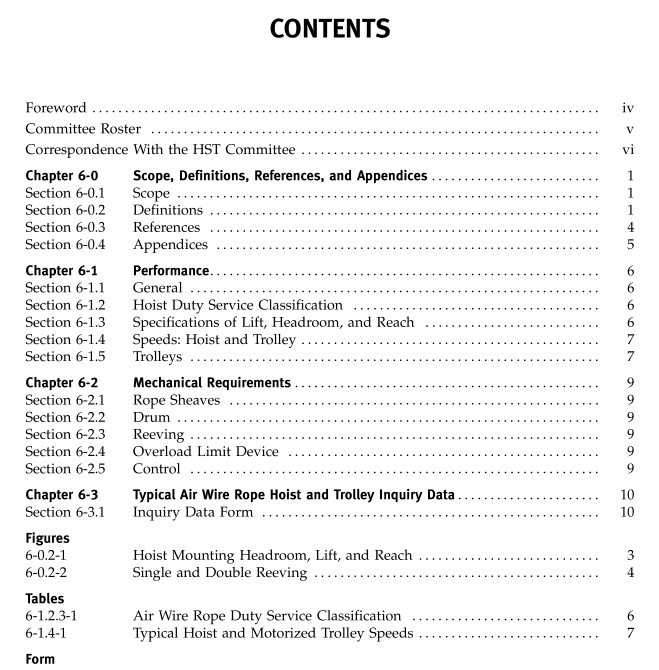
ASME HST-6 pdf download Performance Standard for Air Wire Rope Hoists
SECTION 6-0.1 SCOPE
(a) This Standard establishes performance requirements for air wire rope hoists for vertical lifting serviceinvolving material handling of freely suspended(unguided) loads using wire rope as the lifting mediumwith one of the following types of suspension:
(1) lug
(2) hook or clevis
(3) trolley
(4) base or deck mounted (does not includewinches of the type covered by ASME B30.7)
(5) wall or ceiling mounted (does not includewinches of the type covered by ASME B30.7)
(b) This Standard is applicable to hoists manufacturedafter the date on which this Standard is issued. It is notapplicable to the following:
(1) damaged or malfunctioning hoists
(2) hoists that have been misused or abused
(3) hoists that have been altered without authorization of the manufacturer or a qualified person(4) hoists used for lifting or supporting people(5) hoists used for the purpose of drawing both theload and the hoist up or down the hoist’s own wire rope(6) hoists used for marine and other applicationsas required by the U.S. Department of Defense (DOD)(c) The requirements of this Standard shall be appliectogether with the requirements of ASME B30.16. Pleasealso refer to ASME B30.16 for requirements pertainingto marking,construction, and installation;inspectiontesting,and maintenance; and operations.
SECTION 6-0.2DEFINITIONS
abnormal operating conditions: environmental conditionsthat are unfavorable, harmful, or detrimental to the operation of a hoist, such as excessively high or low ambienttemperatures,exposure to weather, corrosive fumesdust-laden or moisture-laden atmospheres, and hazardous locations.
ambienf femperature: the temperature of the atmospheresurrounding the hoist.
base or deck mounted: a type of mounting where the hoistis mounted to the top side of a horizontal supportingsurface.
beam: an overhead standard structural or specially fabricated shape on which the trolley operates.
brake: a device, other than a motor, used for retardingor stopping hoist or trolley motion by friction or powermeans.
brake, holding: a friction brake for a hoist that is automati-cally applied and prevents motion when the air supplyis interrupted.
brake, mechanical load: an automatic type of friction brakeused for controlling loads in a lowering direction. Thisunidirectional device requires torque from the motor tolower a load, but does not impose additional load onthe motor when lifting a load.
ceiling mounted: a type of mounting where the hoist ismounted to the underside of a horizontal supportingsurface.
chain, hand: the chain provided to control movement ofa hand-chain-operated trolley.
control acfuafor: a manual means at the operator stationby which hoist or trolley controls are energized.
control braking means: a method of controlling speed byremoving energy from the moving body or by impartingenergy in the opposite direction.braking, dynamic: a method of controlling speed byusing the motor as a compressor.
braking, mechanical: a method of controlling or reduc-ing speed by friction.
control, pendant: a valve system, connected to the hoistor trolley by hoses, that either directly controls flow ofair to the motor or controls a pilot-operated valve systemat the motor inlet.
control, pull: cords or chains suspended from the hoistby means of which a valve system on the hoist can beoperated.
